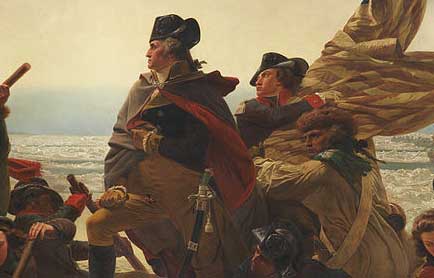English Immigrants During the Revolutionary War

By Awet Amedechiel
The majority of English settlers were from middle and lower socio-economic classes. Many came as indentured servants, unable to pay their passage to North America, so they indentured themselves to a planter or a company for 4-7 years, and the owner paid the passage. A large number were yeomen (small landowners) or sons of yeomen who had financial problems. Some were among the 50,000 British convicts sent to America in the 1700's. Judges tended to exile convicts who had special skills, like carpentry, which would be useful in the colonies. Owners lost out if the indentured servant died or successfully ran away, the owner lost out. Indentured servants who finished their terms of indenture would receive freedom dues, often including land, tools, clothing, and provisions.
Many indentured servants were able to rise through social and economic ranks; in 1629, seven members of the Virginia legislature were former indentured servants. Some female indentured servants eventually married their former owners, like Benjamin Franklin's maternal grandmother. Some died in service. Others remained small landowners who could never get very far, eventually accounting for the numerous poor Southern whites. In some cases, boys and girls were sent to the colonies against their will. In 1618, a man was sentenced to death for counterfeiting a document that allowed him to kidnap the daughters of wealthy landowners to serve as "breeders in Virginia." Since males outnumbered females by a factor of about four in seventeenth-century America, females were in high demand. Most of the kidnapped children, however, were poor, homeless, neglected children running around in Britain's cities.
.
After the mid 1600's, a small, but significant number of somewhat well-to-do people immigrated to the North American colonies in order to engage in the tobacco trade. This contributed to class stratification, especially in the southern colonies. Many prominent American families of colonial and ante-bellum Virginia, such as the Byrds and the Carters, began from this wave of immigration.
New England was quite different from the South with respect to immigration. The image of the typical immigrant to New England being a Puritan religious refuge is not accurate. Although religion was a more important factor in immigration to New England than in the South, most of the Puritans who came were not refugees, but had to be actively recruited by promoters promising a better life in America. Also, the Puritans were only a minority of the immigrants. Even the famous Pilgrims of the Mayflower were a minority of the group of about one hundred immigrants on board. The core of the migration to New England consisted of workmen of low or moderate social status. Many of the immigrants to New England were members of radical Protestant groups - in fact, some such groups migrated to America as a complete unit, with leaders and all. More than immigrants to other parts of America, New England immigrants were organized into families, had well-developed agricultural and craft skills, and had been economically secure in England. Many were well educated, even if the women lacked formal schooling. Many of the organizers of migration to England were immigrants themselves, and not absentee promoters, which may explain some of their success in attracting more skilled and well-educated immigrants.
 >
>